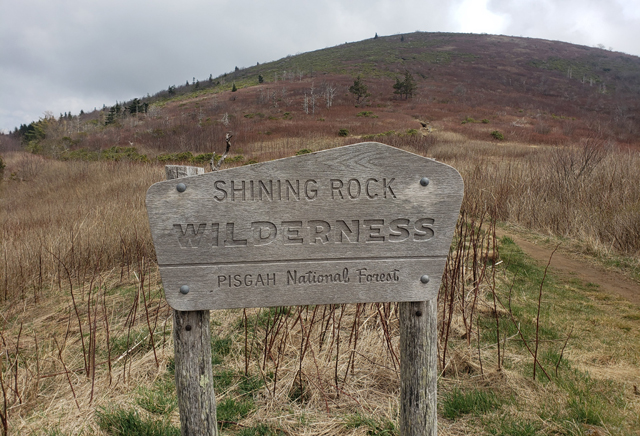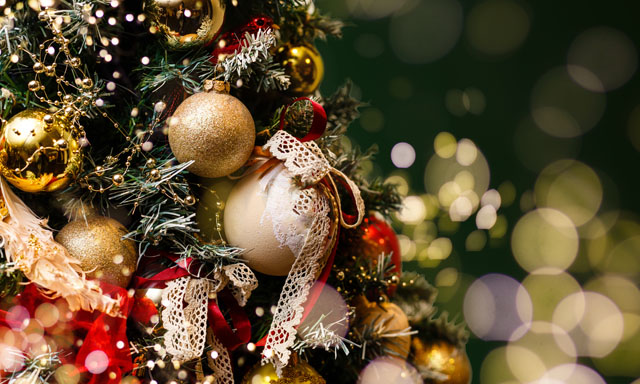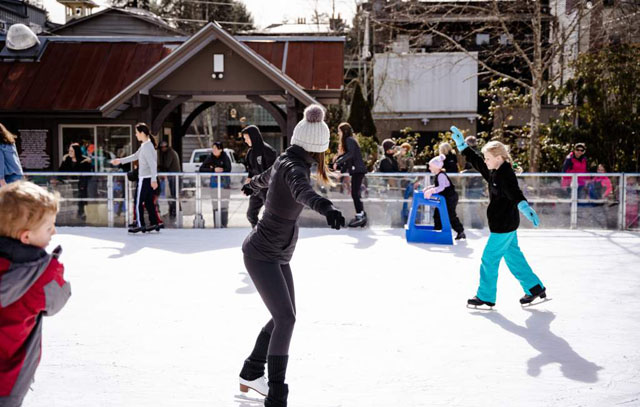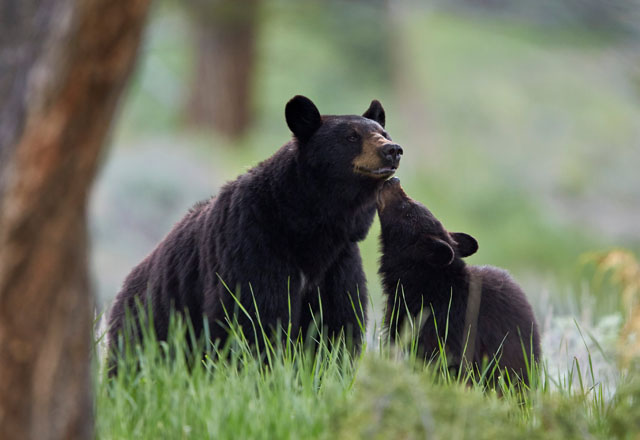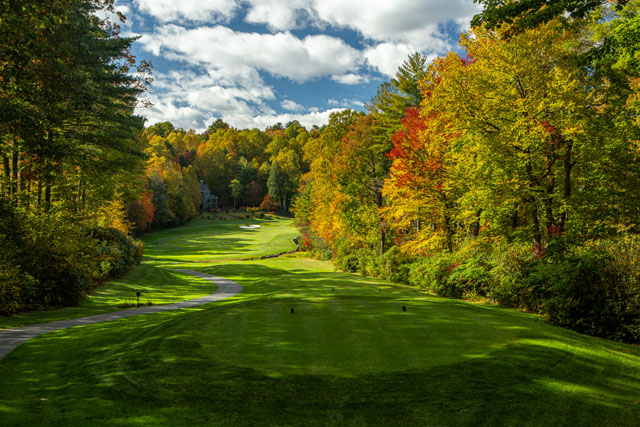Harvesting Autumn
04 Oct 2023
Golden hues of the fall garden
Story and Photos by KRISTIN E. LANDFIELD
Nature’s first green is gold,
Her hardest hue to hold…
Then leaf goes down to leaf…
So dawn goes down to day.
Nothing gold can stay.
Robert Frost

A few days ago, after driving beside sunlit fields of autumn meadows, I texted a horticulture friend to ask what he likes most about gardening in the fall. I stipulated “specific to gardens, not just in the woods or the season more generally.” He texted back: “This is too much to describe in a text. I wouldn’t even know where to begin.” I think his answer was better than any other he could have offered. It would be impossible to depict the texture, ambience, and transience of fall in a quick text. Then, a little later he wrote back simply, “Solidago,” which somehow captured a lot in a single word. Solidago is the botanical name for ubiquitous flowering perennial goldenrod. Throughout North America, except in the southernmost states, goldenrod blooms endemically in fields and gardens alike, beginning in August and persisting in progressive states of senescence until a killing frost.
Solidago, a relative of the aster, is something of a gilded torch in the fall garden. Its distinctive gold tone becomes even more vivid in autumn’s liminal late afternoon light. Even for those who don’t love yellow flowers, there is something about Solidago that gets a seasonal pass. Many late-flowering perennials, including goldenrod, are members of the botanical family Asteraceae, an abundant assembly of plants that provide precious nectar to pollinators throughout the fall. Likewise, they graciously volunteer lively blooms in our gardens until temperatures dip to freezing.
Often when I talk about fall in the garden, I relate ways to “put a garden to bed,” or discuss tree planting and transplanting, or make recommendations for bulbs as a promise to the coming spring. However, the most defining aspect of the fall garden has less to do with any specifics than it does the general sensibility of a garden in autumn. It is full of richness and nostalgia, nuance and mutability. It is a season for reflection, presented in technicolor as the changing vegetation moves its sugars inward to store over winter.
Last year I visited gardens in the Brandywine Valley of Pennsylvania and Delaware in early November. The romance was overwhelming, all shrouded in gold light and luxuriant hues. Late autumn does not entice most visitors to these public gardens, and everyone kept saying how I was missing a lot by viewing during the last open days of the year. Although I want to return for different seasons, I object to the idea that I was missing out. Fall in the garden is anything but an afterthought. It was interesting to see what elements the gardeners let remain while plants faded versus what they chose to cut back and clean up. In addition to seed for next year, many plants provide dimension and seasonal interest, even if their fall expression is less showy than their summer counterpart.
Among agrarian communities, fall signifies the ripened harvest, a celebration of abundance provided by the land, the extended days of summer, and toil under a hot August sun. It’s why we celebrate pumpkins, squash, corn and apples. It’s why we “give thanks” in late November by feasting on fall’s bounty. In an ornamental garden, we “harvest” the last days of the growing season with enjoyment. Its ripening yields foliage in resplendent hues, colorful berries adorning Viburnum and Aralia, and texture from seed heads that grant their own appeal long after their petals expire.
For me, the heart of the fall garden rests in the synergy between autumn’s golden light and her plants as they both change with the cooling weather. This light kisses each color with warmth and softness. It elongates each form in protracted shadow. Somehow, such evocative elements echo like a minor key in melody. The light’s richness gives resonance to the garden’s song that is absent from summer’s playful tune. Fall conveys gentle passage to the sparseness of winter, during which we can let go of summer’s cheer with ease and contentment. Even in late fall, when few flowers remain, autumn’s warm light allays the approach of darker months. In some ways, the slowing of the garden’s tempo and its “minor key” timbre allow me to enjoy gardening in the fall even more. There isn’t the same urgency as in spring, nor do I take it for granted. It’s a time to reflect and a time to take stock on what succeeded and what one might change next year. It’s a time to savor, to metabolize the sweetness of change that marks the passage of time.
In these golden days of autumn, as I take in a garden or walk through the woods, I’ll appreciate the newly fallen leaves under foot. I’ll attend to the rising dew that dampens each chilly morning and smile at the industrious rustling of songbirds and squirrels preparing for winter. They are a kind reminder that nothing gold can stay. Change is the one constant, life’s only inevitability. I’m fortunate to keep learning this from the perennial wisdom of a garden as it makes its tender autumn exit.

